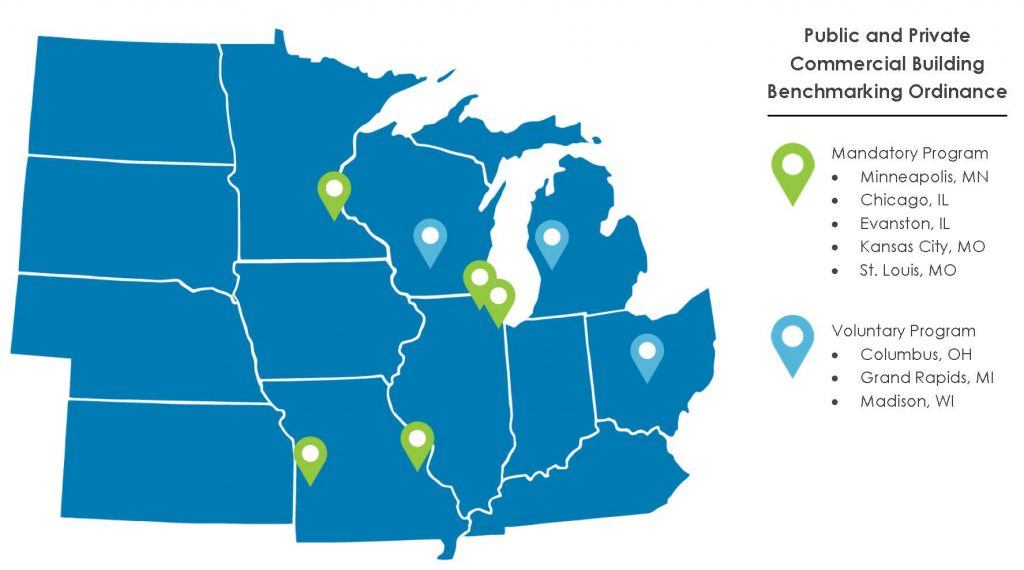California’s AB 802 Existing Building Energy Benchmarking Law
5 Biggest Challenges Building Owners and Managers Face
For building owners and managers, there are five important data points when reviewing and understanding AB 802:
- Non-residential and multi-family buildings over 50,000 sq. ft. (with certain exceptions).
- Multi-family buildings over 50,000 sq. ft. and with 17 or more dwelling units.
- Owners must report their ENERGY STAR score to the California Energy Commission every two years.
- The initial reporting period for non-residential building was June 1, 2018.
- The first reporting period for multi-family starts April 1, 2019 with data due by June 1, 2019.
If you have not benchmarked your building in California yet, you’ll need to do so quickly. The challenges owners and operators may be facing include:
1. Fines: According to the bill’s Section 1685 Violations, penalties for non-compliance include, “A Civil penalty to be $500-$2,000 per day for each category of data the person did not provide and for each day the violation has existed and continues to exist.” In this case, a “category of data” typically means each energy type and/or meter. The Energy Commission will provide the owner a 30-day grace period to report once notified of a violation.
2. Obtaining the Data: Obtaining consumption data can be a very difficult and tedious process, especially if there are multiple meters and/or tenants within a building. If the meter data is unavailable from a tenant, you’ll need to contact your local utility provider for that information. The utility provider is required by law to provide the data, but there is no guarantee when and in what format you will receive it. This can cause delays in reporting, so to avoid missing any critical deadlines, collecting utility data should be your top priority.
3. Finding Time to Report: Several hours are required to fulfill the reporting requirement. This includes identifying all buildings that qualify for energy benchmarking, identifying all meters, and entering all the data and meter information accurately.
4. Falling Below Standards: What if your building falls below the national benchmarking standard? If this is the case, you’re likely wasting money through excessive energy consumption.
Even if your building falls below the ENERGY STAR score of 75 (75th percentile of like kind buildings across the nation, and the baseline minimum set by the State of California), you’re still in compliance with the bill just for having reported your utility data.
However, owners/operators in buildings that fall below the 75th percentile of their peer group will receive information and resources from the State on how to improve energy profiles. If you learn your building is unnecessarily costing you money, you’ll want to assess the best approach of reducing those identified expenses.
5. Newly Designed/Constructed Buildings: These are generally aligned towards State compliance. Buildings that are in design and construction may receive favorable energy reports when utilizing state approved compliance software. However, these simulations do not accurately reflect hours of operation and occupant behavior.
It’s important to consider operational performance and policies when evaluating investments in design efficiency. For example, high efficiency HVAC units will not perform as designed if (a.) thermostats are not set appropriately, (b.) a self-closing door does not completely close, or (c.) modulating fans are inadvertently set to run continuously. An owner who invests in increased efficiency in design will be highly motivated to see the results, and if a building is hemorrhaging cash during operations, he/she will want to understand why.
If you have questions about AB 802, please contact Moe Fakih at eAuditPro. We’re happy to answer questions and provide information

